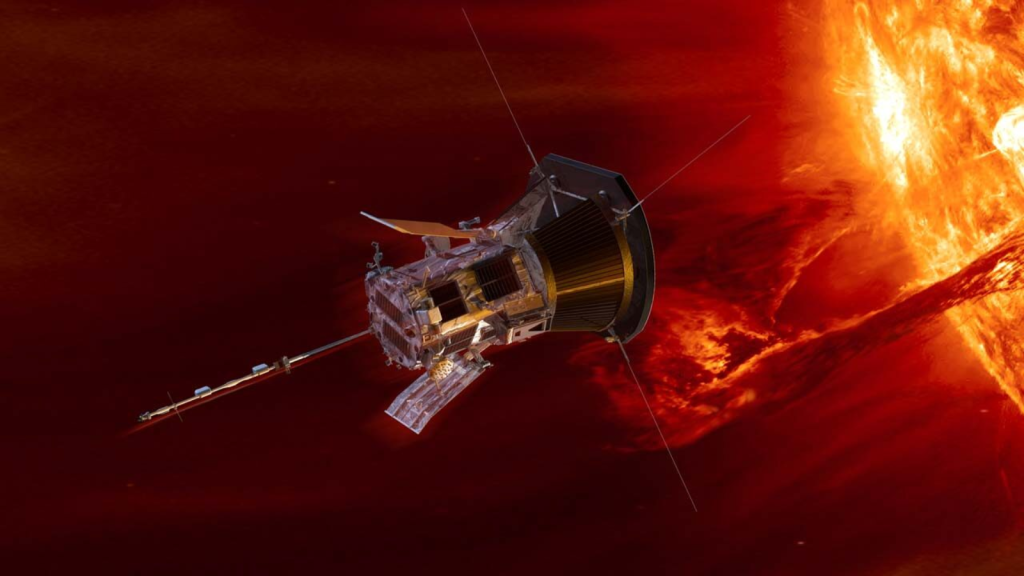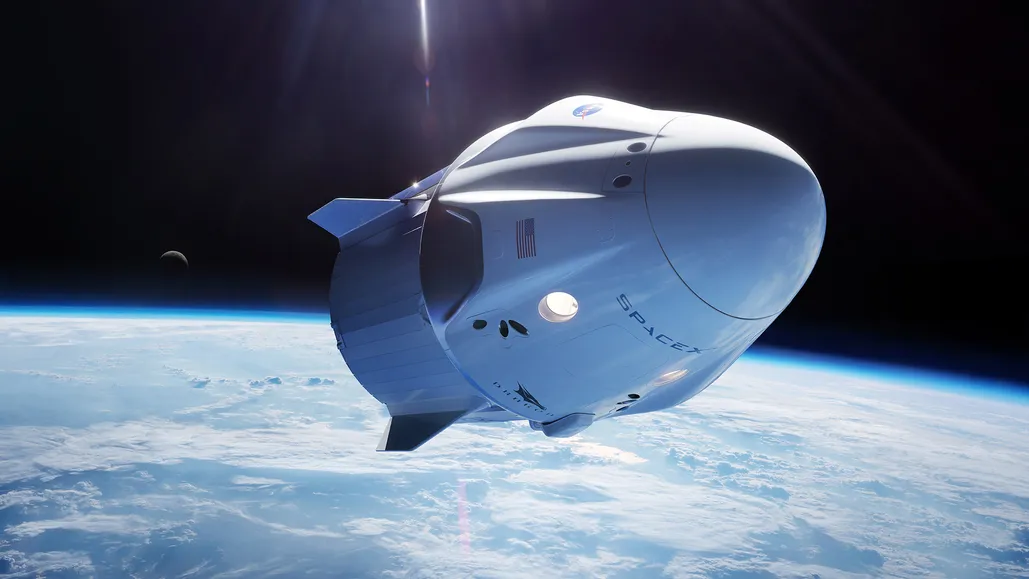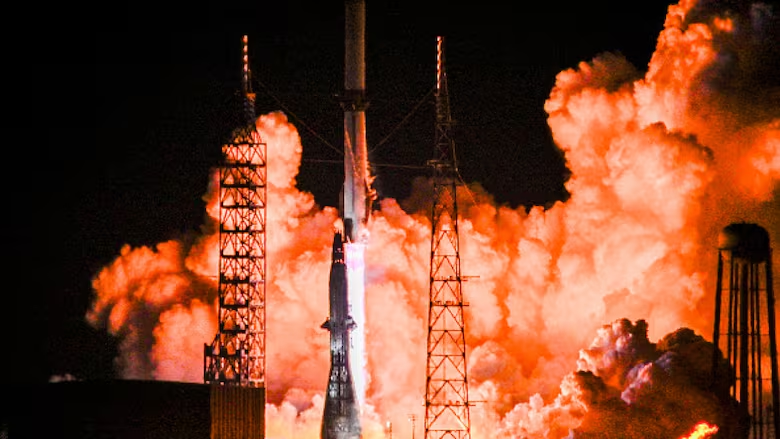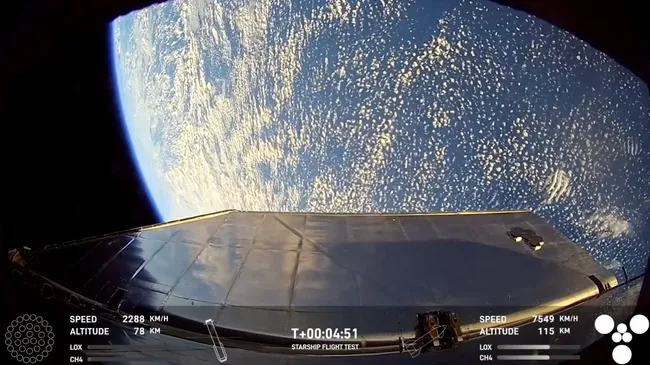
NASA’s Parker Solar Probe has once again made history, completing an extraordinary close approach to the Sun on Christmas Eve, December 24, 2024. This daring maneuver marked the spacecraft’s 22nd perihelion—the term for its closest point to the Sun—and it delivered groundbreaking scientific opportunities for studying our closest star.
A Christmas Flyby Like No Other
At precisely 6:53 a.m. EST (1153 GMT), the Parker Solar Probe reached its nearest point to the Sun, coming within an astonishing 3.8 million miles (6.1 million kilometers) of the solar surface. This milestone places the spacecraft closer to the Sun than any other human-made object has ever ventured.
What’s even more remarkable is the speed at which the probe was traveling. At this perihelion, it achieved a record-breaking velocity of approximately 430,000 miles per hour (692,000 kilometers per hour). This incredible speed makes it the fastest human-made object ever, capable of circling Earth more than 17 times in just one hour.
Battling the Sun’s Extreme Conditions
The Sun’s corona—its outer atmosphere—is a fiery and turbulent region, with temperatures soaring to over a million degrees Celsius. However, the Parker Solar Probe was specifically engineered to withstand such intense heat. Its state-of-the-art Thermal Protection System, a heat shield composed of advanced carbon-composite materials, ensures the spacecraft and its instruments remain safe, even as external temperatures reach around 1,800 degrees Fahrenheit (980 degrees Celsius).
Mission Objectives: Unlocking the Mysteries of the Sun
Launched in August 2018, the Parker Solar Probe has one primary goal: to revolutionize our understanding of the Sun. By venturing closer to the star than ever before, the mission seeks to answer critical questions about solar physics.
Key objectives include:
- Investigating why the Sun’s corona is significantly hotter than its surface.
- Understanding the origins and behavior of solar wind—streams of charged particles that influence space weather and can impact Earth’s technology.
- Providing unprecedented data on the magnetic fields and energetic particles near the Sun.
The data gathered during this perihelion is expected to offer new insights into these mysteries, advancing our knowledge of heliophysics and the Sun’s influence on the solar system.
Communication Blackout During Perihelion
Due to the intense solar radiation encountered during this close approach, direct communication with the Parker Solar Probe was temporarily suspended. This is a standard safety procedure, as the Sun’s radiation can interfere with signal transmission. NASA expects to re-establish contact with the spacecraft on December 27, 2024, when it will transmit critical health and performance data back to mission control.
What’s Next for the Parker Solar Probe?
The Parker Solar Probe is far from finished. The spacecraft is scheduled to perform at least two more close approaches to the Sun before the mission concludes. Each flyby will bring it closer to the solar surface, pushing the boundaries of human engineering and scientific discovery.
By the time its mission ends, the Parker Solar Probe will have gathered an unprecedented amount of data about the Sun’s outer layers, magnetic fields, and energetic particles. This information will help scientists predict solar storms more accurately, protecting Earth’s satellites, power grids, and astronauts in space.
A Giant Leap for Solar Science
NASA’s Parker Solar Probe represents humanity’s boldest step toward understanding the Sun, a celestial body that fuels life on Earth and shapes the environment of the solar system. Its Christmas flyby not only sets new records but also brings us closer to unraveling some of the greatest mysteries of our star.
As the probe continues its journey, it inspires future generations of scientists and engineers to explore the uncharted territories of space. From breaking speed records to enduring unimaginable heat, the Parker Solar Probe is a testament to the ingenuity and perseverance of human exploration.
Stay tuned as NASA reveals more discoveries from this groundbreaking mission.





Leave a Reply